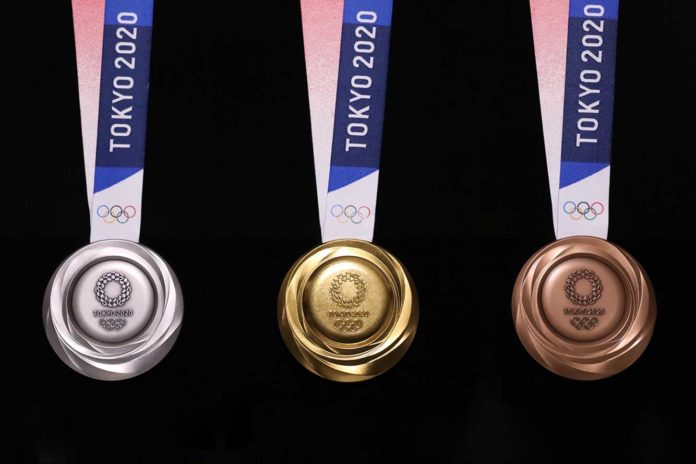The Olympic Games Tokyo 2020 promise to exhibit not only the highest standards in human endurance and physical ability, but also some wild, cutting-edge technology never visible (or invisible) before at a public event of this size. Here are some of the most interesting technologies on display featuring AI and VR to artificial shooting stars, among others.
The JUPITER system
In October 2017, the NTT Group established a consortium comprising six companies with SoftBank, Facebook, Amazon, PLDT, and PCCW Global to begin constructing “JUPITER”, a large-capacity optical submarine cable system linking the United States, Japan, and the Philippines. Construction is currently scheduled for completion in March 2020.
Measuring a total length of approx. 14,000 km, “JUPITER” is a submarine cable system linking the United States, Japan, and the Philippines and realizes wavelength division multiplexing of 400 Gbps per second, making it the fastest submarine cable system between the United States and Japan. “JUPITER” has the speed to transmit approximately six hours of high vision images (about three full movies) in one second.
The JUPITER submarine cable system is being constructed not only to enable commencement of 5G services and bring Tokyo 2020 to the world, but also meet demand for a gigantic network across Asia and the Pacific Ocean.
3DAT
3D Athlete Tracking is a computer vision solution using artificial intelligence to enhance the viewing experience for Olympic fans with near real-time insights and overlay visualizations during athletic events. Developed by Intel and hosted on Intel-based data centers in Alibaba’s cloud infrastructure, 3DAT, in partnership with Olympic Broadcast Services (OBS), uses four pan-tilt mounted, highly mobile cameras to capture the form and motion of athletes, then apply pose estimation algorithms, to analyze the biomechanics of athletes’ movements. The system transforms that data into broadcast overlay visualizations available during replays of the 100M and other sprinting events.
VR Training
The International Olympic Committee (IOC) and Intel are collaborating to define and implement solutions that combine the experience of the IOC and the technical expertise of Intel to support the organizing committee becoming operationally ready. VR training will be utilized to create an immersive learning experience for key managers at competition venues. Intel’s VR training system improves training effectiveness with a more realistic experience for those learning with more accurate/objective feedback. The training will also include building digital versions sometimes known as “digital twinning” that can open several opportunities to unleash the power of data for training, planning, simulation and more.
NeoFace
NEC Facial Recognition provides a large-scale facial recognition system “NeoFace” for the Olympic and Paralympic Games in Tokyo. The facial recognition technology will be used to identify over 300,000 people at the games, including athletes, volunteers, media and other staff for entry points of venues and accommodations. Benefits include helping prevent risks related to identification fraud and reducing long wait times for ID checks.
NEC will also deploy behavior detection and analytics software to detect and analyze the behavior of people, crowds, objects and vehicles at events.
Aritifical Shooting Stars?
An ambitious project by Japanese space startup ALE, man-made meteors are made by “meteor particles” ejected by a satellite into the atmosphere. ALE’s artificial meteors are said to be slower and larger than natural ones, and are engineered for maximum visibility. ALE had hoped to have these meteors — released from the satellite at a height of 400km and visible across a 200km radius on the ground — ready in time for the Olympics.
Just last month, the readiness of the project has come under review because of a delay in the rocket launch of ALE’s satellite. CEO Lena Okajima however remains optimistic, saying “As our satellite’s development is on schedule waiting for the confirmation of the launch, we sincerely hope this delay will not affect the expectations toward our project.”
















